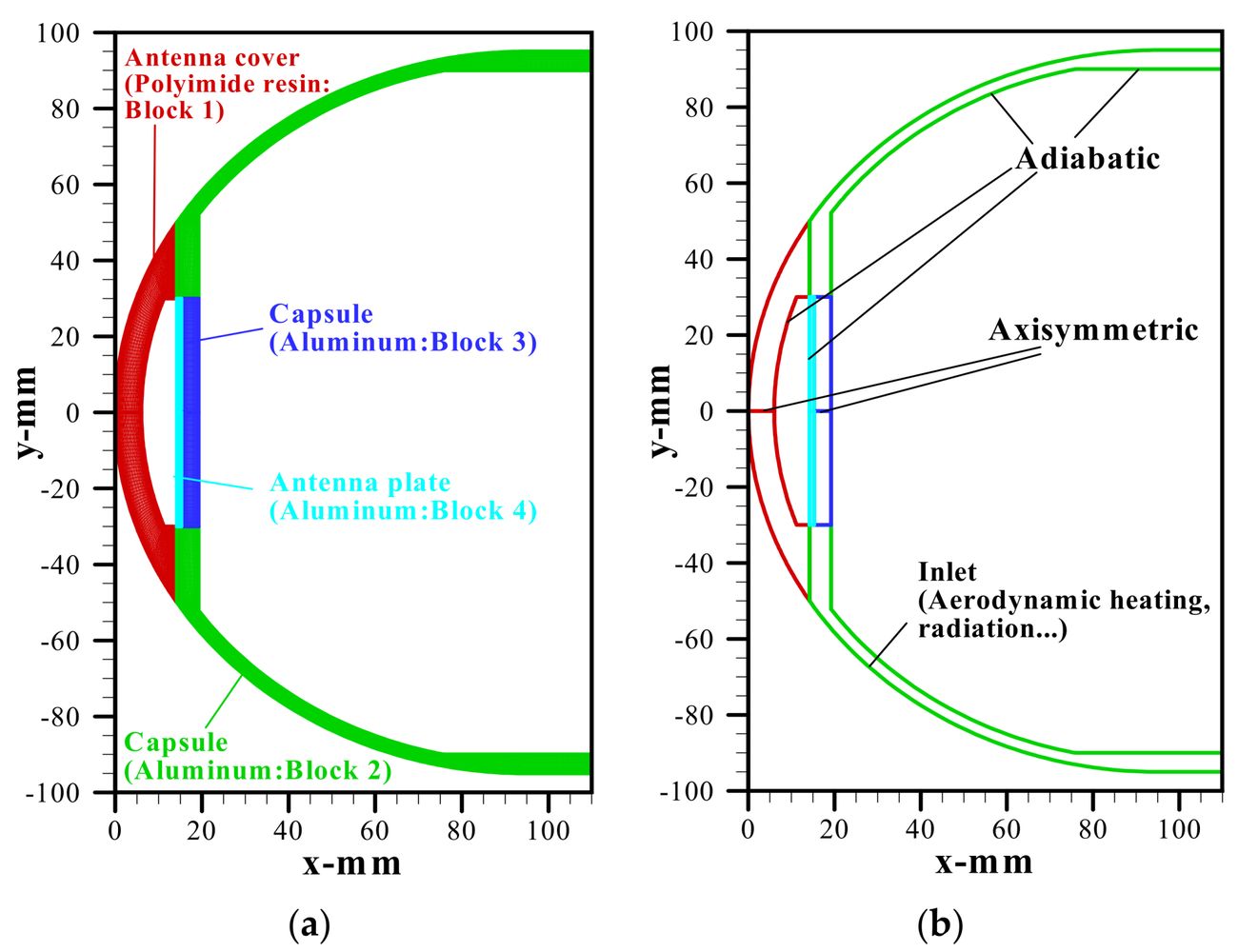
Field analysis is a powerful tool used in various disciplines to understand complex systems and environments. But what exactly is field analysis? Field analysis involves collecting data directly from a specific location or context to gain insights into patterns, behaviors, and relationships within that environment. This method is widely used in fields like sociology, anthropology, environmental science, and even marketing. By observing and recording real-world conditions, researchers can develop a deeper understanding of the factors influencing a particular area or subject. Whether you're a student, a professional, or just curious, knowing these 25 facts about field analysis will help you appreciate its significance and applications.
What is Field Analysis?
Field analysis is a method used to study and understand the dynamics within a specific environment. It often involves collecting data, observing patterns, and making sense of various factors that influence the field being studied.
-
Field analysis can be applied in various disciplines, including sociology, psychology, and geography. Each field uses different methods tailored to its specific needs.
-
In sociology, field analysis helps researchers understand social interactions and structures within a community. This can reveal insights into social norms, behaviors, and relationships.
-
Psychologists use field analysis to study behavior in natural settings. This approach can provide more accurate data compared to laboratory experiments.
-
Geographers employ field analysis to examine physical landscapes and human-environment interactions. This helps in understanding spatial patterns and environmental changes.
Techniques Used in Field Analysis
Different techniques are used in field analysis to gather and interpret data. These methods help researchers gain a comprehensive understanding of the field.
-
Observation is a primary technique in field analysis. Researchers watch and record behaviors or events as they occur naturally.
-
Surveys and questionnaires are often used to collect data from a large number of participants. This method is useful for gathering quantitative data.
-
Interviews provide in-depth information through direct interaction with participants. This technique is valuable for qualitative data collection.
-
Mapping is a common technique in geographical field analysis. It involves creating visual representations of data to identify patterns and relationships.
Applications of Field Analysis
Field analysis has numerous applications across different sectors. It helps in making informed decisions and developing effective strategies.
-
In education, field analysis can assess the effectiveness of teaching methods and learning environments. This helps in improving educational practices.
-
Businesses use field analysis to understand market trends and consumer behavior. This information is crucial for developing marketing strategies.
-
Environmental scientists conduct field analysis to monitor ecosystems and assess the impact of human activities. This aids in conservation efforts.
-
Urban planners use field analysis to design and develop sustainable cities. It helps in understanding the needs and behaviors of urban populations.
Benefits of Field Analysis
Field analysis offers several benefits that make it a valuable research method. These advantages contribute to its widespread use.
-
Provides real-world data, which is often more accurate and reliable than data collected in controlled settings.
-
Helps in identifying patterns and trends that may not be apparent through other research methods.
-
Offers a holistic view of the field being studied, considering multiple factors and their interactions.
-
Enhances the validity of research findings by grounding them in actual observations and experiences.
Challenges in Field Analysis
Despite its benefits, field analysis also presents certain challenges. Researchers must be aware of these issues to conduct effective studies.
-
Time-consuming, as it often requires prolonged observation and data collection.
-
Can be expensive, especially when involving travel or specialized equipment.
-
Subject to observer bias, where the researcher's presence or perspective influences the data.
-
Data management can be complex, particularly when dealing with large volumes of information.
Famous Examples of Field Analysis
Several well-known studies have utilized field analysis to achieve groundbreaking results. These examples highlight the method's effectiveness.
-
Jane Goodall's research on chimpanzees in Tanzania is a classic example of field analysis. Her observations provided valuable insights into primate behavior.
-
The Hawthorne Studies, conducted in the 1920s and 1930s, used field analysis to explore the effects of workplace conditions on employee productivity.
-
Clifford Geertz's anthropological work in Bali and Morocco employed field analysis to understand cultural practices and social structures.
-
The Chicago School of Sociology used field analysis to study urban life and social interactions in the early 20th century. Their work laid the foundation for modern urban sociology.
-
Environmental studies, such as those conducted by Rachel Carson, have used field analysis to highlight the impact of human activities on ecosystems. Her work led to increased awareness and policy changes regarding environmental conservation.
The Final Word on Field Analysis
Field analysis offers a fascinating glimpse into how different forces interact within various environments. From its roots in physics to its applications in sociology and psychology, this method helps us understand complex systems. Whether you're a student, researcher, or just curious, knowing these 25 facts can deepen your appreciation for this analytical tool.
Field analysis isn't just for academics; it's useful in everyday life too. It can help you make better decisions, understand social dynamics, and even improve your problem-solving skills. So next time you face a complex situation, think about the different forces at play.
By grasping the basics of field analysis, you're better equipped to navigate the complexities of both natural and social worlds. Keep exploring, keep questioning, and you'll find that field analysis is a powerful ally in understanding the world around you.
Was this page helpful?
Our commitment to delivering trustworthy and engaging content is at the heart of what we do. Each fact on our site is contributed by real users like you, bringing a wealth of diverse insights and information. To ensure the highest standards of accuracy and reliability, our dedicated editors meticulously review each submission. This process guarantees that the facts we share are not only fascinating but also credible. Trust in our commitment to quality and authenticity as you explore and learn with us.
